How Stem Cells Are Transforming Knee Treatments in Japan
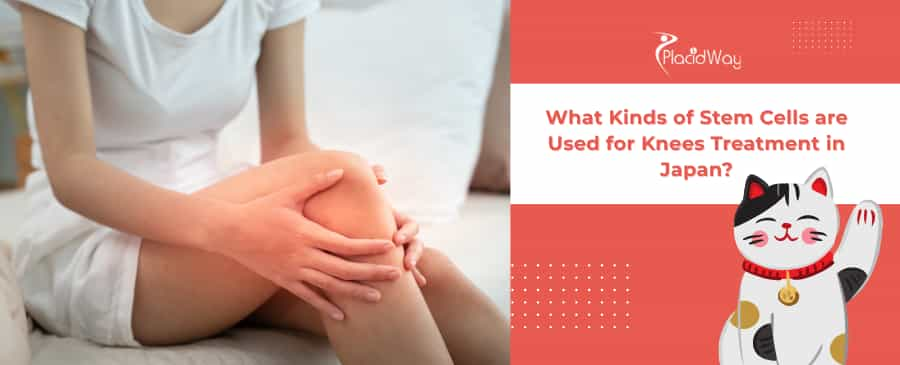
Dealing with chronic knee pain, especially from knee osteoarthritis, can be incredibly frustrating. It can feel like it slowly steals away your favorite activities, from hiking to simply playing with your kids. You've likely tried the usual routes—painkillers, physical therapy, maybe even steroid injections—but the relief is often temporary. This is where the field of regenerative medicine in Japan is offering new hope. Japan has become a global leader in this area, not just because of its technology, but because of its strong regulatory framework that prioritizes patient safety.
So, what's all the buzz about? At the heart of this revolution are stem cells, your body's own master repair cells. When it comes to stem cells for knees treatment in Japan, the most common and well-studied types are Mesenchymal Stem Cells (MSCs). These powerful cells are typically taken from your own body, either from a small sample of fat (adipose tissue) or from bone marrow. This is called an "autologous" treatment. In some cases, donor (allogeneic) cells from sources like umbilical cords are also used. These cells are special because they can help reduce inflammation, signal your body to heal itself, and potentially even support the repair of damaged cartilage.
This isn't science fiction. This is a real, regulated treatment option that's helping people regain their mobility. But as with any advanced medical treatment, you probably have a lot of questions. What are the different types? Is it safe? How much does it cost? What is the process actually like? We're going to dive in and answer all of those important questions, giving you the clear, direct information you need to understand this cutting-edge treatment.
What kinds of stem cells are used for knee treatment in Japan?
When you start researching, you'll see a few different terms. Let's break them down. The vast majority of treatments for knee osteoarthritis use Mesenchymal Stem Cells (MSCs). These are adult stem cells that are known for their strong anti-inflammatory properties and their ability to secrete "growth factors"—signals that tell your body's tissues to start repairing themselves.
The key difference lies in where these MSCs come from:
- Adipose-Derived Stem Cells (ADSCs): These are taken from your own fat tissue, usually from the abdomen or thigh. This is a very popular source because fat is easy to access with a simple mini-liposuction procedure and is incredibly rich in MSCs—much more so than bone marrow.
- Bone Marrow-Derived Stem Cells (BM-MSCs): These are taken from your bone marrow, typically from the back of your hip bone (iliac crest). This has been a traditional source for stem cells, though the harvesting procedure can be more uncomfortable than fat collection.
Both of these are typically "autologous," meaning they use your own cells, which eliminates any risk of rejection or immune system reaction. Some clinics may also offer "allogeneic" treatments, which use cells from a healthy, screened donor (like from an umbilical cord), but autologous fat-derived cells are the most common for orthopedic use in Japan.
What are Mesenchymal Stem Cells (MSCs)?
Think of Mesenchymal Stem Cells as your body's own specialized "repair crew." They aren't the same as embryonic stem cells, which can turn into any cell in the body. Instead, MSCs are adult stem cells that are smarter and more focused on their job: managing and repairing their local environment.
Their power in treating knee osteoarthritis comes from a few key abilities:
- They are powerfully anti-inflammatory: Much of the pain from arthritis comes from chronic inflammation. MSCs are experts at calming this inflammation down, which can lead to significant and rapid pain relief.
- They release growth factors: MSCs act like a general contractor, releasing a cocktail of signaling molecules (growth factors) that tell your body's existing cells to get to work repairing cartilage, managing fluid, and improving the overall joint environment.
- They can modulate the immune system: They help balance the local immune response, stopping it from attacking the joint tissue.
It's important to know that the primary benefit isn't from the stem cells "turning into" new cartilage. While they have the *potential* to, their main benefit in knee treatment is this powerful signaling and anti-inflammatory effect. They essentially help the knee heal itself by creating a much healthier environment within the joint.
What is the difference between autologous and allogeneic stem cells?
These two terms are fundamental to understanding your treatment options. Autologous means "from oneself." In this type of treatment, the process involves harvesting your *own* cells. For knee treatments, this means a doctor will take a small sample of your fat or bone marrow. These cells are then processed (and sometimes cultured to grow more of them) before being injected back into your knee. The huge advantage here is safety: there is virtually zero risk of your body rejecting the cells or having an allergic or immune reaction, because they are 100% your own.
Allogeneic means "from another." These are stem cells that come from a compatible, healthy donor. The most common source is from the umbilical cord blood or tissue of a healthy newborn, which is ethically collected after birth. These cells are "immunoprivileged," meaning they are less likely to cause an immune reaction than other types of donor cells. They are processed, screened, and stored in a lab. The main advantage is that it's an "off-the-shelf" treatment—there is no harvesting procedure needed from you. However, most top Japanese clinics for orthopedic issues prefer using autologous cells due to the unmatched safety profile.
Why are adipose-derived stem cells (ADSCs) so common?
For a long time, bone marrow was the "gold standard" source for stem cells. However, in the last decade, science has shown that adipose (fat) tissue is an incredibly potent and abundant source of MSCs. This has made it the preferred choice for many leading regenerative medicine Japan clinics.
Here’s why ADSCs are so popular:
- High Cell Count: Fat is packed with MSCs. Per volume, it can contain 100 to 500 times more regenerative cells than an equal amount of bone marrow. This means doctors can get a very high-quality, high-quantity dose of cells for your treatment.
- Easy Harvesting: A small amount of fat (often just 20-50cc) can be harvested with a simple, quick mini-liposuction procedure done under local anesthetic. It's far less invasive and more comfortable for the patient than a bone marrow draw.
- High Quality Cells: The stem cells found in fat are robust and high-quality. They also don't seem to decline in quantity as much with age, which is a significant factor when treating older patients with osteoarthritis.
Is stem cell therapy for knees legal and safe in Japan?
This is one of the most important reasons Japan is considered a world leader. Unlike in some countries where clinics can operate in a "gray area," Japan's government has taken a proactive, positive stance. The Act on the Safety of Regenerative Medicine (ASRM) provides a clear legal framework for clinics to offer these advanced treatments.
Under this law, a clinic can't just decide to start offering stem cell therapy. They must submit a detailed treatment plan to a government-accredited committee. This plan outlines:
- Exactly what kind of cells they will use (e.g., autologous adipose-derived).
- How the cells will be collected, processed, and (if applicable) cultured.
- The condition they are treating (e.g., knee osteoarthritis).
- All safety protocols and patient monitoring procedures.
Only after this plan is approved and registered with the Ministry of Health, Labour and Welfare (MHLW) can the clinic legally offer the treatment. This system ensures that any clinic you visit is held to a high standard of safety, uses certified cell processing centers, and is required to track and report patient outcomes. This oversight provides a level of patient safety and trust that is unmatched.
How much does stem cell therapy for knees cost in Japan?
This is a key question for anyone considering treatment. It's important to know that stem cell therapy is considered an elective, private treatment and is not covered by standard insurance. The cost can vary significantly based on several factors, but here is a general breakdown of what you might expect at a reputable Japanese clinic.
The main factors influencing the price are whether you are treating one or two knees, and the "type" of treatment. Some treatments use a simple, same-day concentrate (called Stromal Vascular Fraction, or SVF), while others involve "culturing" the cells, which means taking the initial sample and growing them into many millions of new cells in a lab over several weeks. Culturing is a more complex and expensive process but provides a much higher number of cells for the injection.
Estimated Cost Comparison: Stem Cell Knee Treatment in Japan
| Treatment Type | Condition Treated | Estimated Cost (JPY) | Estimated Cost (USD) |
|---|---|---|---|
| Local Injection (One Knee) | Osteoarthritis (Mild to Moderate) | ¥1,000,000 - ¥1,500,000 | $6,500 - $9,700 |
| Local Injection (Both Knees) | Osteoarthritis (Mild to Moderate) | ¥1,400,000 - ¥2,000,000 | $9,000 - $13,000 |
| Systemic IV Infusion + Local | Systemic Anti-Aging / Wellness | ¥3,400,000 - ¥6,000,000+ | $22,000 - $38,800+ |
*Note: Prices are estimates and can vary based on the clinic, the complexity of your case, and currency exchange rates. Systemic infusions are often for anti-aging or autoimmune conditions and are not typically the primary treatment for an isolated knee issue.
What factors influence the final cost?
When you receive a quote from a clinic, it's important to know what's included. The price isn't just for the injection. It covers a comprehensive, high-tech medical process:
- Consultation & Diagnostics: Initial specialist consultation, blood work, and imaging like X-rays or MRIs.
- Cell Harvesting: The medical procedure to collect your fat or bone marrow.
- Cell Processing/Culturing: This is a major factor. Processing the cells for a same-day (SVF) injection is cheaper. Culturing them over 3-4 weeks in a certified lab (a CPC, or Cell Processing Center) to get 50-100 million cells is more expensive but provides a more potent therapy.
- The Injection: The final procedure where the doctor injects the cells into your knee, often using ultrasound guidance for perfect placement.
- Follow-up: Any follow-up appointments to monitor your progress.
Always ask for a detailed quote that outlines exactly what is and is not included. A good clinic will be transparent about its pricing.
Who is a good candidate for stem cell knee treatment?
This therapy is a fantastic option, but it's not a miracle cure for every person. The best results are seen in patients who are in the "treatment gap"—their arthritis is too advanced for simple pain-killers, but not yet severe enough to warrant a total knee replacement.
You may be a good candidate if you:
- Have been diagnosed with mild to moderate (Grade 2-3) osteoarthritis.
- Experience daily knee pain that limits your activities.
- Are not getting enough relief from other treatments like physical therapy or injections.
- Are motivated to delay or avoid the need for major joint replacement surgery.
- Are in general good health (no active cancer, no systemic infections).
It's important to have realistic expectations. Stem cell therapy is generally *not* effective for "bone-on-bone" (Grade 4) osteoarthritis. At that stage, there isn't enough remaining joint structure for the cells to work with, and a knee replacement is often the only viable solution. A reputable doctor will be honest with you about your chances of success.
What is the process for getting stem cell therapy in Japan?
For an international patient, the process is streamlined. Let's assume you are getting the most common type: cultured autologous adipose-derived stem cells.
Step 1: Remote Consultation. You will start by sending your medical records, including MRIs and X-rays, to the clinic. You will have a video consultation with the doctor to discuss your case and determine if you are a good candidate.
Step 2: Visit 1 (First Trip to Japan - approx. 1 week).
- You will have an in-person consultation, physical exam, and final blood tests.
- You will have the fat harvesting procedure. This is a simple, 30-60 minute procedure done under local anesthetic. A tiny incision is made, and about 20ml (a small spoonful) of fat is collected from your abdomen.
- Your fat sample is then sent to a certified Cell Processing Center (CPC) to begin the culturing process. You can fly home after a day or two.
Step 3: The Lab Phase (3-6 weeks). This is when you are back home. In the lab, technicians isolate your MSCs from the fat and grow them in a special, safe medium. They multiply over several weeks until they reach a target number, often between 50 million and 100 million cells.
Step 4: Visit 2 (Second Trip to Japan - approx. 1 week).
- You return to the clinic. Your new, powerful stem cells are ready.
- The treatment itself is a simple injection. The doctor injects the cells directly into your knee joint. The entire appointment takes less than an hour.
- You can walk out of the clinic and typically fly home the next day.
What is the recovery time after a stem cell knee injection?
This is one of the biggest advantages over surgery. There is no lengthy, painful rehabilitation. The injection itself is the final step.
- Day 1-3: You may feel some soreness, fullness, or mild swelling in the knee. This is normal. You'll be advised to take it easy, rest, and ice the knee.
- Week 1-2: You should avoid high-impact exercise (running, jumping) and heavy lifting. However, gentle walking and normal daily activities are perfectly fine.
- Week 3-4: You can usually resume light exercise, like swimming or cycling. Many clinics will also provide a gentle physical therapy plan to help you get the best results.
- After 1 Month: Most patients can return to all their usual activities.
Improvement is not instant. The cells need time to work, reduce inflammation, and signal healing. Most patients start to notice significant improvements in pain and mobility around the 3-week mark, with continuous improvement over the next 3-6 months.
What are the risks or side effects of stem cell therapy for knees?
Because the treatment uses your body's own cells, it is exceptionally safe. The primary risks are the same as any needle-based procedure:
- Pain/Swelling: Temporary discomfort at the injection site in the knee or the (also temporary) soreness at the fat harvest site.
- Infection: This is a risk with any injection, but in Japan's highly regulated, sterile clinics, this risk is extremely rare.
- No Improvement: The biggest "risk" is not a safety one, but one of efficacy. There is a chance the treatment may not work for you, especially if your arthritis is very advanced.
There is no risk of rejection, allergic reaction, or immune response when you use your own autologous cells. This is what makes it such a safe alternative to surgery or long-term medication use.
What is the success rate of stem cell knee treatment in Japan?
It's crucial to define "success." We are not (yet) at the stage of "regrowing" a brand new cartilage cap, like a new tire on a car. The goal and the measured success of this treatment are about: 1. Significant pain reduction. 2. Improved function and mobility. 3. Delaying or eliminating the need for knee replacement surgery.
By these measures, the success rate is very high. Most published data and clinic reports show that 70-80% of carefully selected patients (those with mild-to-moderate OA) see a major improvement in their quality of life. Many patients are able to get back to activities they thought they had lost for good.
This is not a 100% guarantee. A small percentage of patients may not respond to the treatment. This is why the initial consultation with an honest doctor is so important, so they can give you a realistic assessment of your individual case.
How is this different from PRP (Platelet-Rich Plasma) therapy?
You may have heard of PRP, as it's more widely available and less expensive. Both are "regenerative" treatments, but they work differently.
PRP Therapy: This involves drawing your blood, spinning it in a centrifuge to concentrate the platelets, and then injecting this "platelet-rich plasma" into your knee. Platelets are full of growth factors. Think of PRP as a "signal flare" that calls for healing. It's very good for mild arthritis or acute injuries like tendonitis.
Stem Cell Therapy: This uses the stem cells themselves. Stem cells don't just send the signal; they *are* the "repair crew." They release a much wider and more sustained array of growth factors, are far more powerfully anti-inflammatory, and can manage the joint environment in a way PRP cannot. For moderate, chronic knee osteoarthritis, stem cell therapy is a much more powerful and comprehensive treatment.
How do I choose a good stem cell clinic in Japan?
This is your most important piece of homework. Any clinic can have a fancy website, but only legitimate clinics will have the proper government approvals. Here is your checklist:
- Ask for their MHLW Approval: This is non-negotiable. Ask for their "Notification Number" for their regenerative medicine plan. A reputable clinic will be proud to provide this. If they are vague, walk away.
- Confirm they use a certified CPC: Ask them *where* your cells will be processed. It should be in a certified "Cell Processing Center" (CPC) that meets strict government standards for safety and quality.
- Speak to the Doctor: You should have a consultation (even if remote) with the actual orthopedic doctor or specialist who will be treating you, not just a salesperson.
- Ask About Their Specialization: Do they specialize in orthopedics? A clinic that treats everything from "anti-aging" to "knees" may not have the same orthopedic expertise as a dedicated joint clinic.
- Look for Transparency: They should be open about costs, realistic about success rates, and honest about who is *not* a good candidate.
Choosing a clinic that is properly regulated by the MHLW is your single greatest guarantee of safety and quality.
Don't let knee pain hold you back. Discover the world-class regenerative medicine solutions available today. Explore top-tier, fully-regulated medical centers with PlacidWay.


.png)

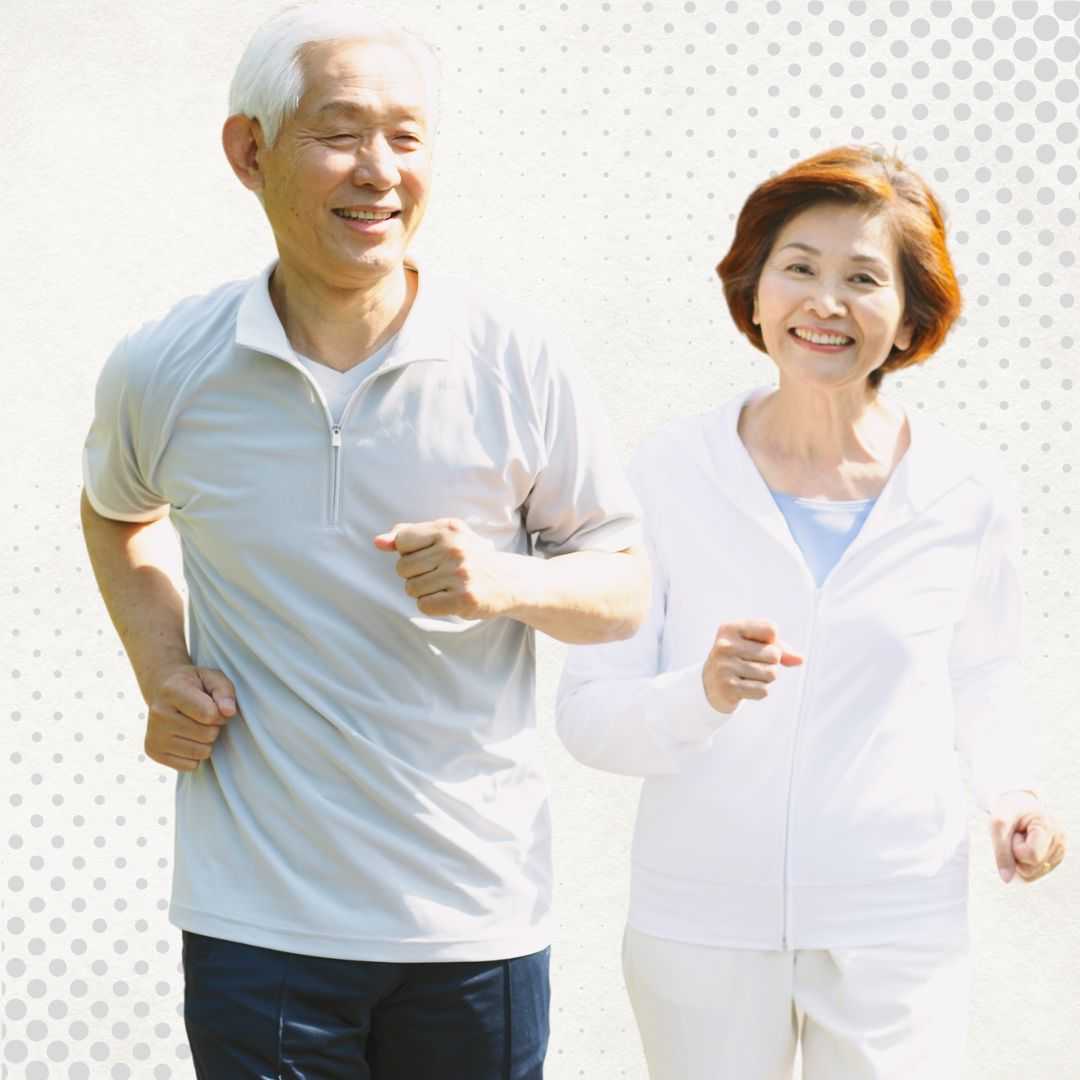

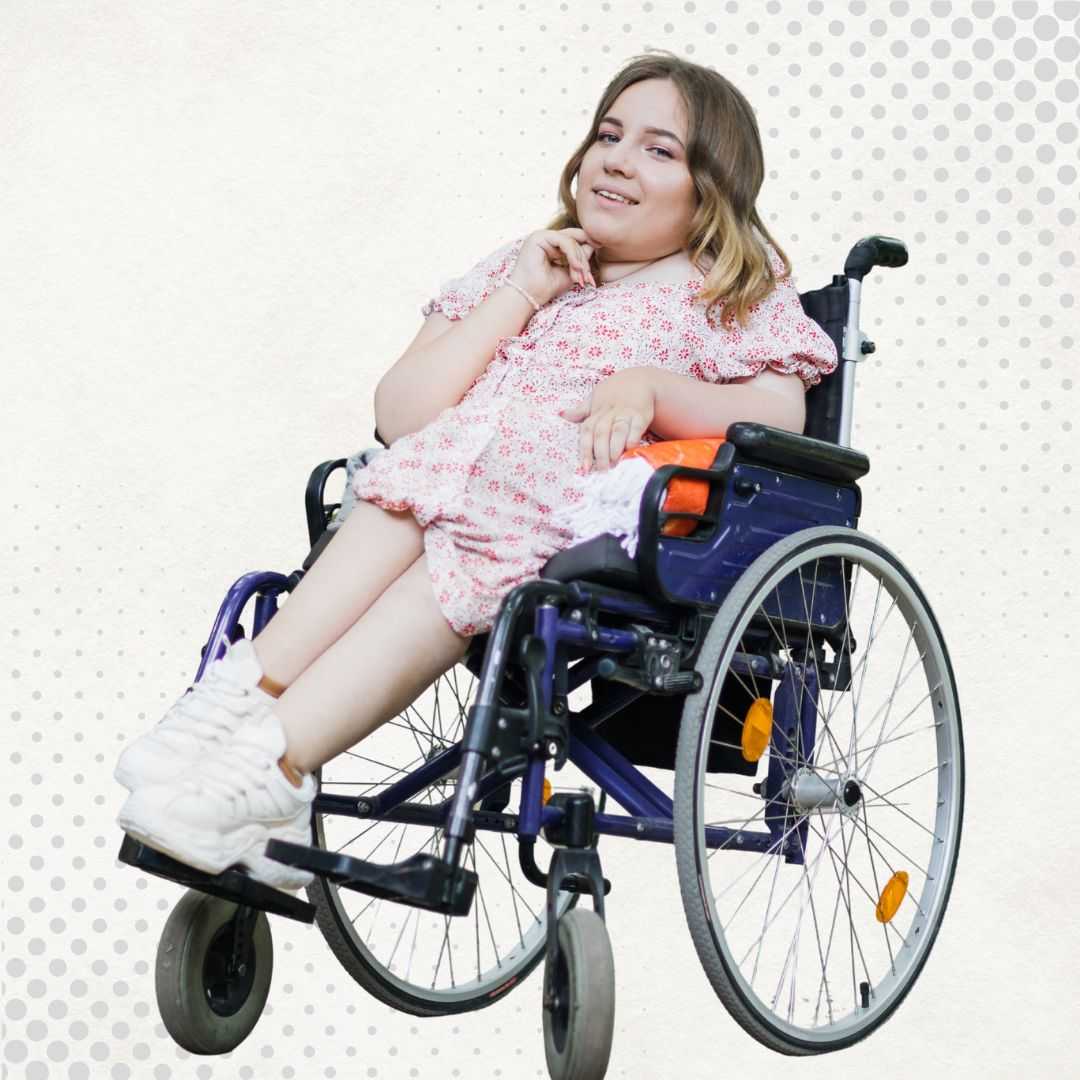

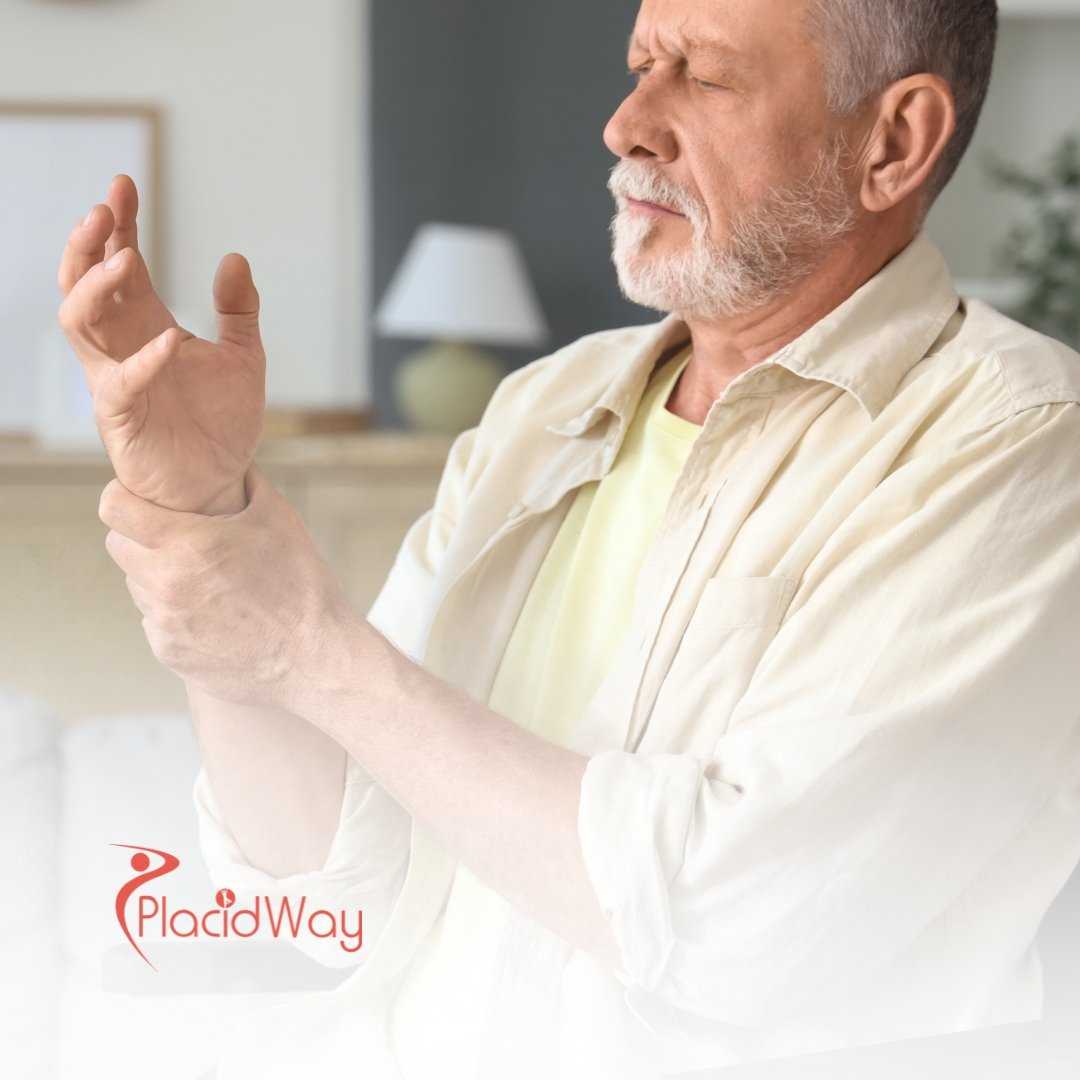


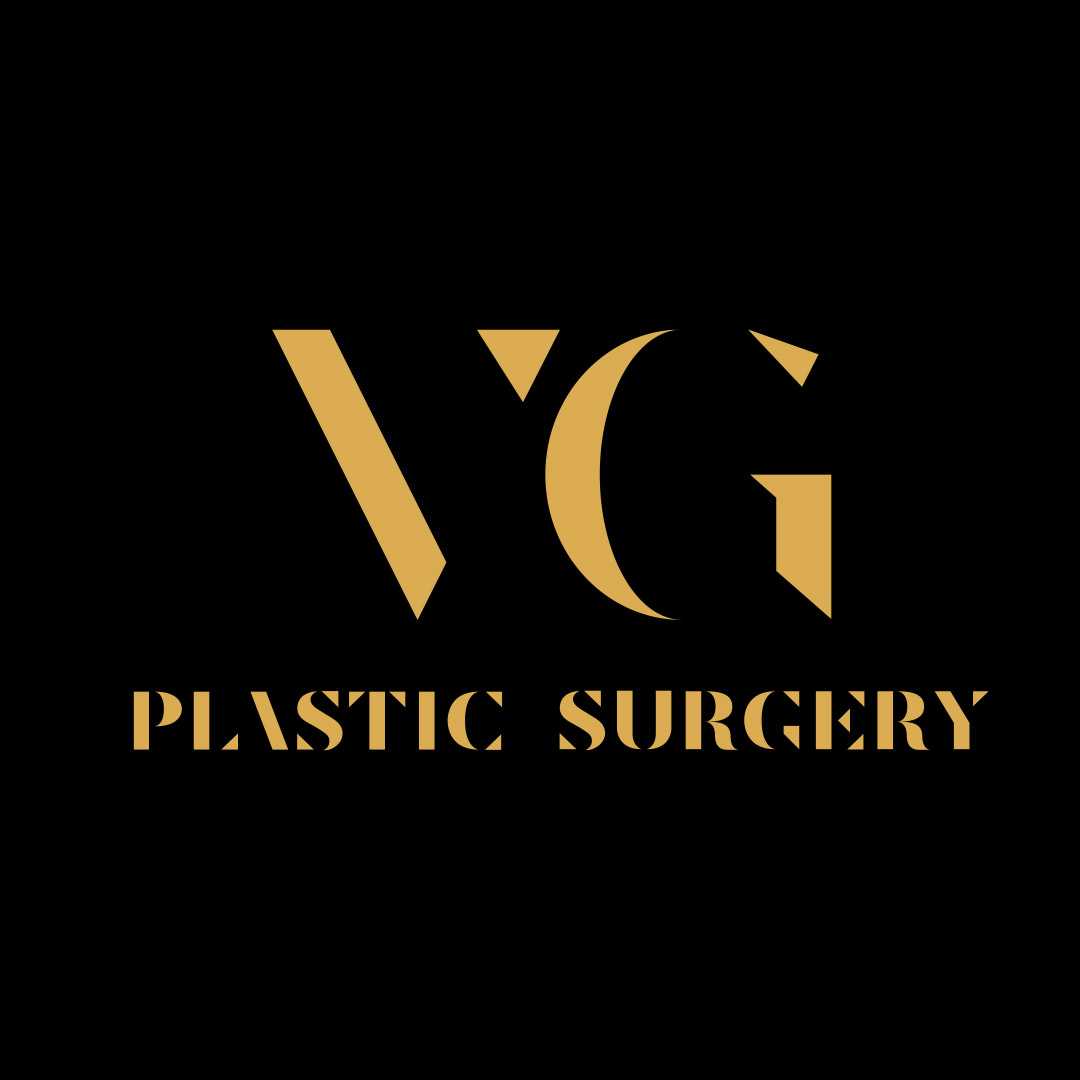


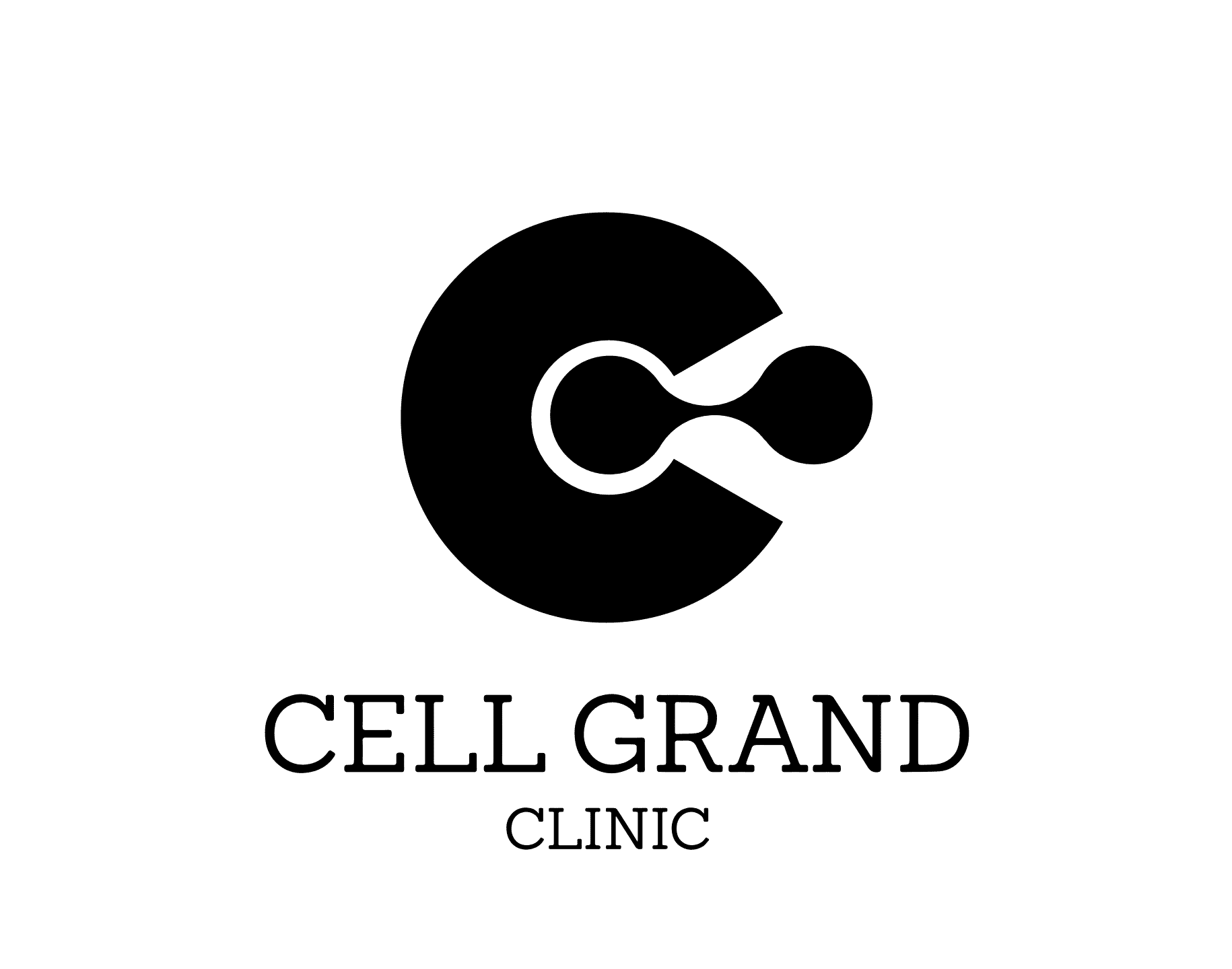

Share this listing